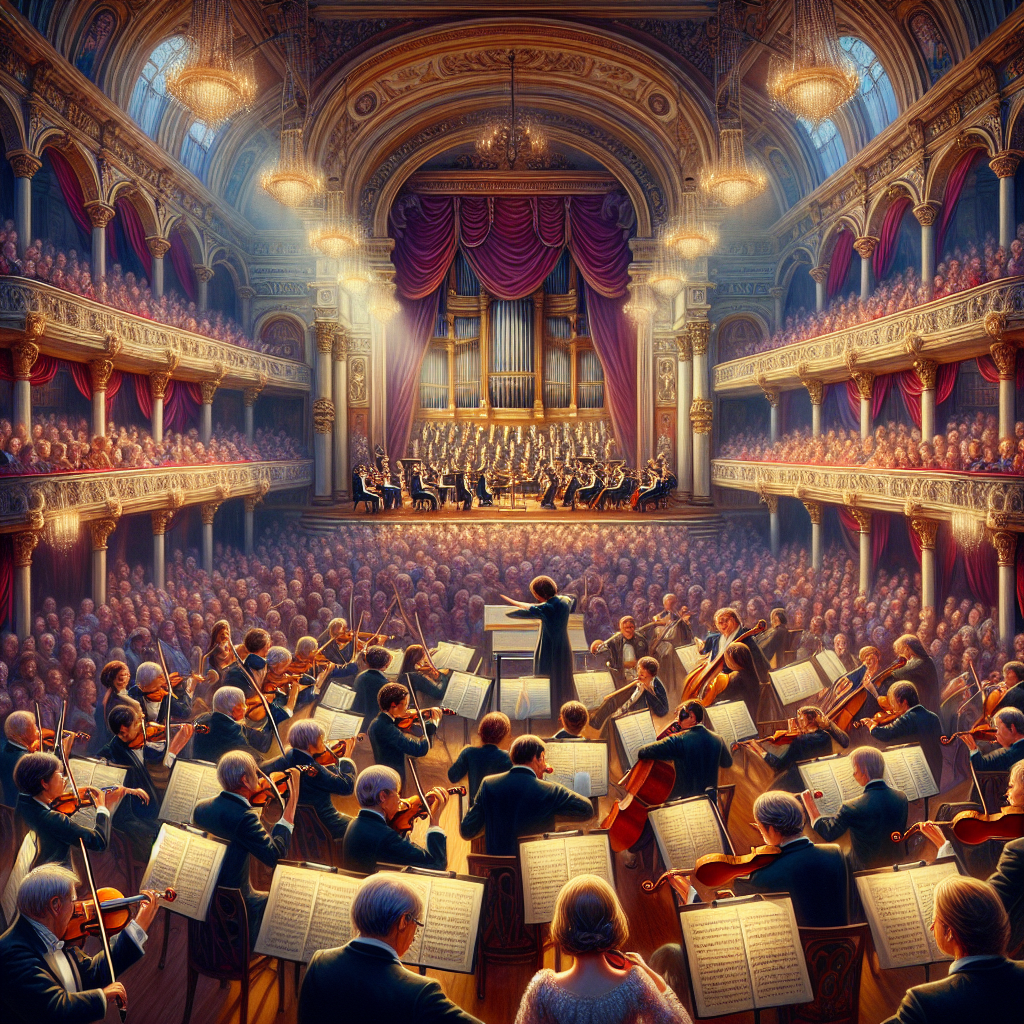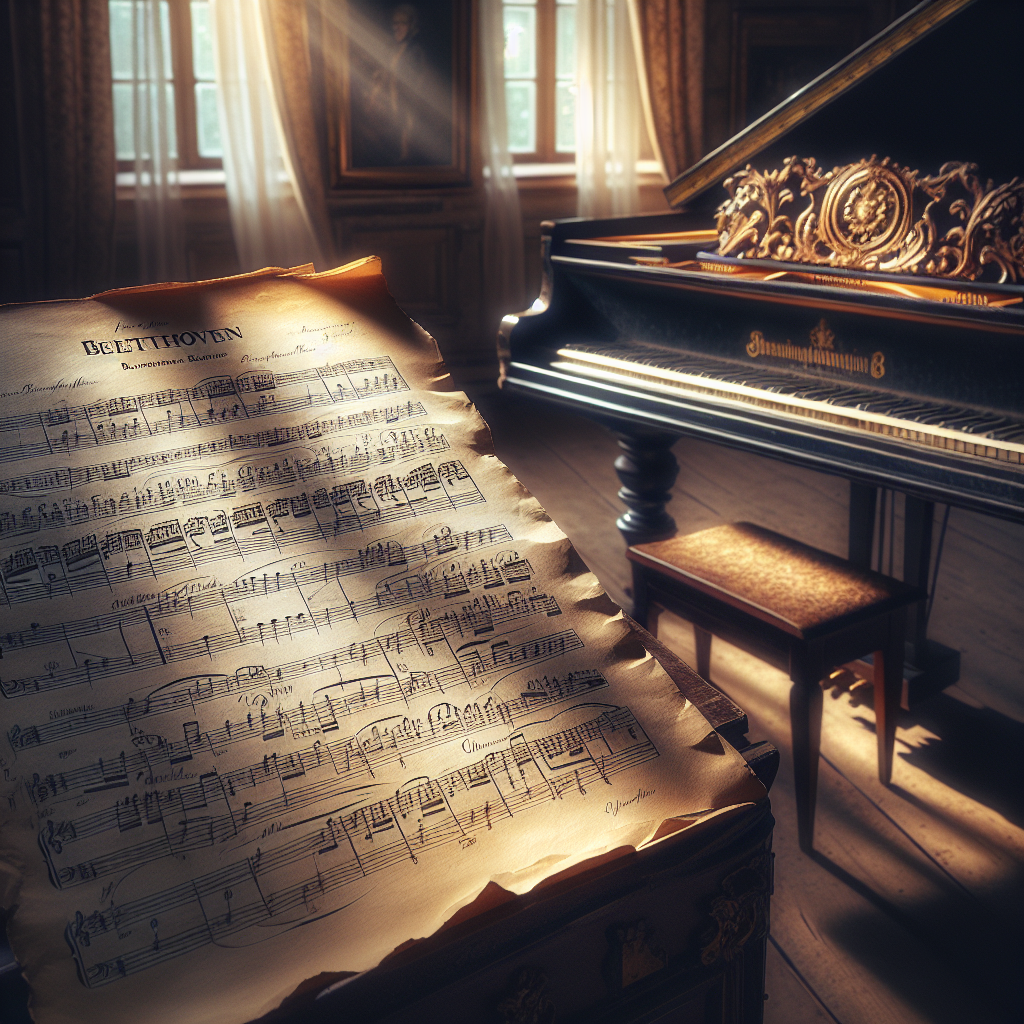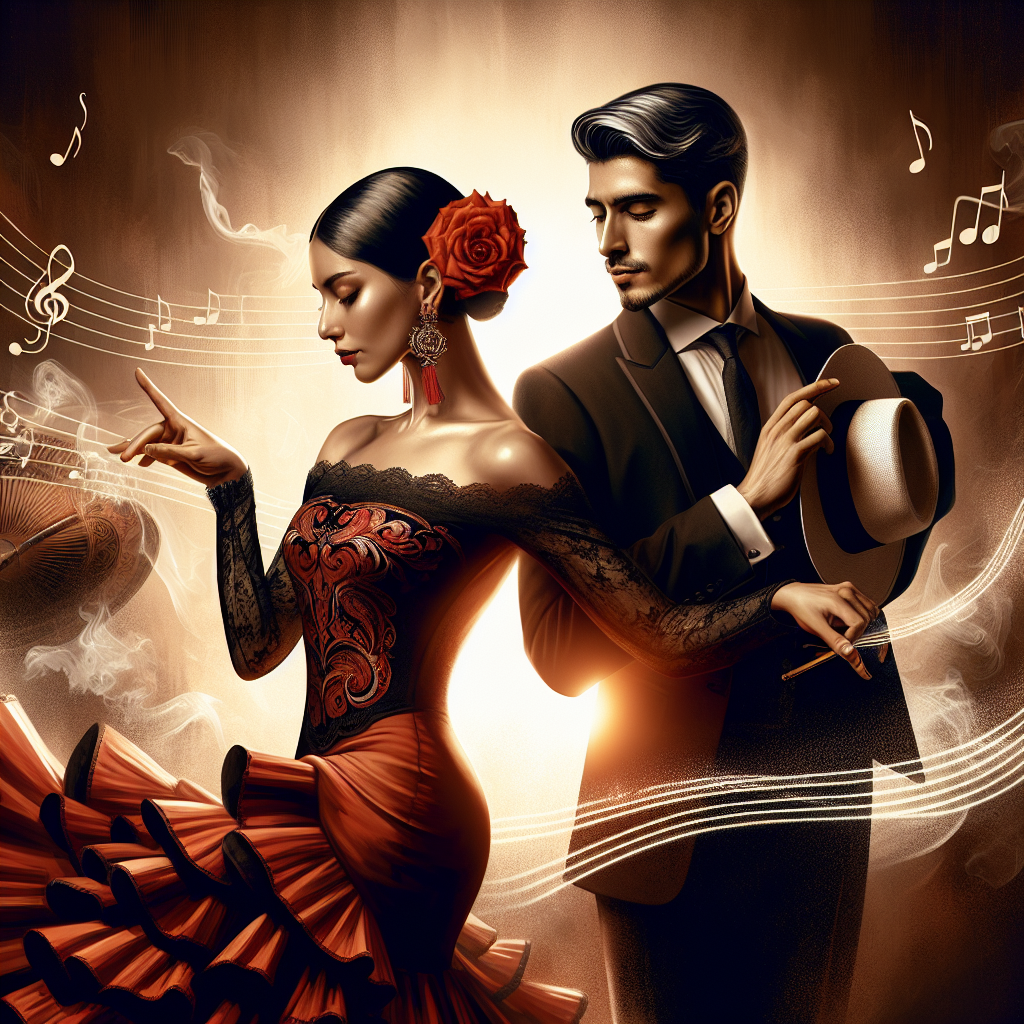The Art and Beauty of Classical Concertos is an interdisciplinary topic that merges art and music. A concerto is a musical work generally composed in three parts or movements, in which one solo instrument is accompanied by an orchestra or concert band. It is a form of music that originated during the baroque period, approximately from 1600 to 1750, and has been a significant part of classical music ever since.
Origins and Evolution
The genesis of the classical concerto stems from the Baroque era. The concerto was birthed as an orchestral work wherein a solo instrument was highlighted against the backdrop of the total ensemble. Notable composers include Johann Sebastian Bach and Antonio Vivaldi, who wrote numerous concertos for a variety of instruments.
As the classical era dawned, the concerto underwent drastic changes in form and structure. It evolved to emphasize the dramatic interaction between the solo instrument and the orchestra. Great composers of this period including W.A. Mozart and Ludwig Van Beethoven crafted sublime concertos that showcase the virtuosity of the performer while also exploring deep emotional landscapes.
The Art
Concertos can be viewed as a captivating dialogue between the soloist and the orchestra. They are characterized by contrasting elements where the music oscillates between elegant, energetic, dramatic and calm passages. This dynamic dichotomy creates the need for the outstanding personal and musical abilities, thus making the interpretation an integral part of the beauty of concertos.
Historically, composers often performed their own concertos as the soloist. This tradition brings an additional layer of intimacy to the genre as the performer can engage with the work in an incredibly personal manner.
The Beauty
The beauty of the concerto comes from the heart-stirring emotions that it evokes. From melancholy to joyousness, concertos encompass a broad spectrum of feelings. The dialogue between the soloist and the orchestra can be seen as a metaphor for the human condition, symbolizing the dynamics between an individual and the society.
The astonishing virtuosity of the soloist can leave audiences breathless as they imbue the pieces with their personality. That kind of passionate expression is perhaps at its most potent when it merges with the rich sonic tapestry of a full orchestra. Beauty is genuinely in the ear of the listener in classical concertos.
Conclusion
The art and beauty of classical concertos is both profound and intricate. It is the dialogue, the exchange that induces emotions encompassing the full spectrum of the human experience, which makes them so captivating. They are persuasive narratives that convey poignant emotions, providing listeners the chance to transcend the ordinary and delve into the extraordinary. As long time passes, their charm remains timeless and continues to captivate music lovers across generations.
FAQs
1. What is a classical concerto?
A classical concerto is an orchestral work typically in three movements, featuring a solo instrument that contrasts with the rest of the orchestra.
2. Who are some famous composers of classical concertos?
Some famous composers of classical concertos include Antonio Vivaldi, Johann Sebastian Bach, Ludwig van Beethoven, and Wolfgang Amadeus Mozart.
3. How have concertos evolved over time?
Concertos have evolved from highlighting a solo instrument in contrast to an orchestra to emphasizing a dramatic interaction between the solo instrument and the orchestra. They have also become more complex in structure and emotional depth.
4. What emotions do concertos evoke?
Concertos can evoke a wide range of emotions, from joy to melancholy. They are designed to express the complex human emotional landscape and the artist’s individuality and virtuosity.
5. Why are concertos considered beautiful?
The beauty in classical concertos stems from the dialogue between the solo instrument and the orchestra, the virtuosity of the performer and the deep emotional journey they provide for the listener.




